Home>Garden Essentials>Garden Storage>South Facing Garden Ideas: How To Embrace A Sun-filled Backyard
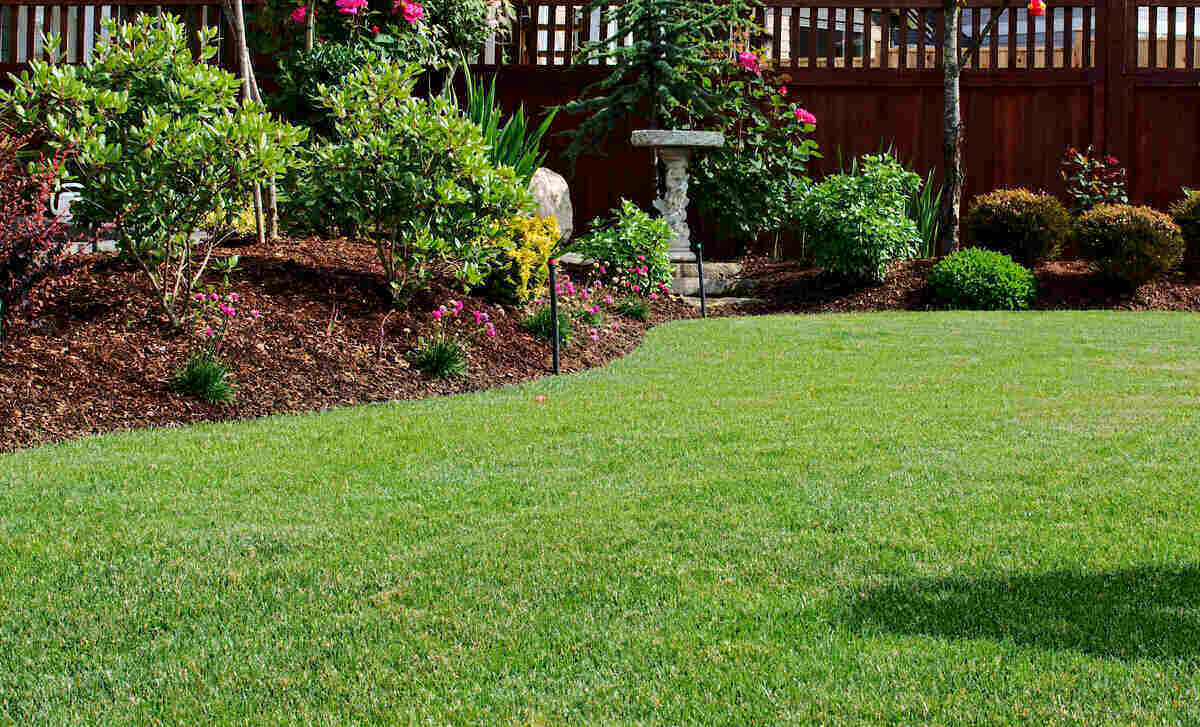

Garden Storage
South Facing Garden Ideas: How To Embrace A Sun-filled Backyard
Modified: February 12, 2024
Looking for storage solutions for your sunny backyard? Discover south facing garden ideas to maximize space and embrace a sun-filled outdoor area.
(Many of the links in this article redirect to a specific reviewed product. Your purchase of these products through affiliate links helps to generate commission for Storables.com, at no extra cost. Learn more)
Introduction
Welcome to the world of South facing gardens, where the sun shines brightly and illuminates your backyard with its warm embrace. A South facing garden is a dream come true for many homeowners, as it offers a multitude of benefits and opportunities to create a sun-filled haven right in your own backyard.
The orientation of your garden plays a crucial role in determining the amount of sunlight it receives throughout the day. A South facing garden enjoys the advantage of being bathed in sunlight for most of the day, making it an ideal spot for gardening, relaxation, and outdoor activities.
Not only does a South facing garden provide a beautiful aesthetic appeal, it also offers numerous benefits that can enhance your gardening experience and the overall functionality of your outdoor space. From increased sunlight exposure and optimal conditions for plant growth to the potential for solar energy utilization, there are endless possibilities to explore and embrace in a sun-filled backyard.
In this article, we will delve into the world of South facing gardens and provide you with valuable tips and ideas on how to maximize the potential of your sun-filled oasis. Whether you are an avid gardener, a nature enthusiast, or simply someone who enjoys spending time outdoors, these insights will help you transform your South facing garden into a stunning and functional space for relaxation and entertainment.
So grab your gardening gloves, put on your sun hat, and let’s embark on a journey to discover the wonders and possibilities of South facing gardens.
Key Takeaways:
- Embrace the potential of your South facing garden by strategically planning for increased sunlight exposure, creating shaded areas, and selecting appropriate plants for optimal growth and visual appeal.
- Transform your South facing garden into a sustainable and captivating outdoor sanctuary by prioritizing eco-friendly practices, enhancing privacy, and incorporating visual interest through focal points and landscaping features.
Benefits of a South Facing Garden
A South facing garden offers a plethora of benefits that can significantly enhance your outdoor experience. Here are three key advantages of having a South facing garden:
1. Increased sunlight exposure:
One of the biggest advantages of a South facing garden is the abundance of sunlight it receives throughout the day. As the sun moves from east to west, a South facing garden enjoys direct sunlight for the majority of the day. This extended exposure to sunlight creates a bright and vibrant environment, making it ideal for growing a variety of plants, flowers, and vegetables.
2. Optimal conditions for plant growth:
The ample amount of sunlight that a South facing garden receives contributes to creating optimal growing conditions for plants. Sunlight is essential for the process of photosynthesis, which fuels plant growth and is crucial for healthy development. In a South facing garden, plants have access to continuous sunlight, allowing them to thrive and flourish.
3. Potential for solar energy utilization:
With its prime exposure to the sun’s rays, a South facing garden presents an excellent opportunity to harness solar energy. Solar panels or solar-powered devices can be seamlessly incorporated into the garden design. By utilizing solar energy, you can reduce your carbon footprint, save on energy costs, and contribute to a more sustainable and eco-friendly lifestyle.
In addition to these three key benefits, a South facing garden also offers advantages such as increased vitamin D absorption for those who spend time in the garden, a brighter and more inviting outdoor space, and the potential to create a microclimate that supports the growth of unique and exotic plant species.
In the next sections, we will explore design considerations, watering and irrigation strategies, privacy enhancements, sustainable practices, outdoor living and entertainment ideas, and ways to add visual interest to your South facing garden. Let’s dive in and discover how you can make the most of your sun-filled backyard!
Design Considerations for a South Facing Garden
When designing your South facing garden, it’s important to take into account several factors that will maximize its potential and create a functional and visually appealing outdoor space. Here are some key design considerations to keep in mind:
1. Evaluating the sun’s path:
Start by observing the path of the sun throughout the day in your garden. This will help you identify areas of direct sunlight and shaded spots. Understanding how the sun moves across your garden will enable you to strategically plan the layout and placement of various garden features.
2. Creating shaded areas:
While the abundant sunlight is beneficial for plant growth, it’s also important to have shaded areas for relaxation and to prevent your outdoor space from becoming too hot. You can create shade by using structures like pergolas or umbrellas, or by planting trees or tall shrubs strategically to provide natural shade. These shaded spots will not only offer relief from the sun but also add a touch of elegance and depth to your garden design.
3. Selecting appropriate plants:
Choosing the right plants for your South facing garden is essential for their survival and optimal growth. Select plants that thrive in full sun or partial shade, depending on the specific areas of your garden. Consider native plants that are adapted to your climate and require minimal maintenance. Mixing different plant types, such as colorful flowers, textured foliage, and evergreen shrubs, will add depth and visual interest to your garden.
4. Incorporating seating and entertainment areas:
To fully enjoy your South facing garden, create inviting seating and entertainment areas where you can relax and entertain family and friends. Position seating areas in shaded spots or provide shade with umbrellas or pergolas. Add comfortable outdoor furniture, cushions, and decorative elements to create a cozy ambiance. You can also incorporate features such as an outdoor dining area, a fire pit, or a water feature to enhance the functionality and aesthetic appeal of your garden.
By considering these design elements, you can create a well-planned and beautiful South facing garden that takes full advantage of the sunlight while providing comfortable and enjoyable spaces for outdoor living.
Watering and Irrigation Strategies
Proper watering and irrigation are vital for the health and vitality of your South facing garden. In a sun-filled environment, it’s important to implement effective strategies to ensure that your plants receive adequate moisture. Here are some key watering and irrigation strategies to consider:
1. Efficient watering techniques:
To prevent water wastage and promote water efficiency, it’s crucial to employ efficient watering techniques. Water your garden early in the morning or late in the evening to minimize evaporation. Avoid watering during the hottest part of the day when the sun is at its peak, as this can lead to water loss and potential damage to your plants. Use a watering can or handheld hose with a nozzle attachment to target the base of the plants and reduce water runoff.
2. Implementing a drip irrigation system:
A drip irrigation system is a highly efficient and water-conserving method of watering your South facing garden. This system delivers water directly to the root zone of plants, minimizing water loss through evaporation or runoff. Drip irrigation can be automated, ensuring that your plants receive a consistent and controlled water supply. It also helps prevent overwatering and reduces the risk of plant diseases caused by excessive moisture on foliage.
3. Reserving water and rainwater harvesting:
Make the most of the rainwater that nature provides by implementing rainwater harvesting techniques. Set up rain barrels or a rainwater harvesting system to collect and store rainwater. You can then use this collected water to irrigate your garden during dry periods or when water restrictions are in place. By utilizing rainwater, you reduce your dependence on municipal water sources and contribute to a more sustainable approach to gardening.
Additionally, consider practicing water-wise gardening techniques such as mulching your plants. Mulch acts as a barrier, helping to retain moisture in the soil, reduce evaporation, and suppress weed growth. Organic mulch, such as wood chips or straw, not only conserves water but also contributes to improving soil health over time.
By implementing these watering and irrigation strategies, you can ensure that your South facing garden remains well-hydrated, thriving, and sustainable throughout the seasons, while optimizing water usage and minimizing wastage.
Enhancing Privacy in a Sun-Filled Backyard
While enjoying the abundant sunlight in your South facing garden, you may also want to create a sense of privacy and seclusion. Here are some effective ways to enhance privacy in your sun-filled backyard:
1. Installing privacy screens or fences:
Privacy screens or fences are a popular and practical option for creating privacy in your garden. They can be made of various materials such as wood, bamboo, or metal, and can be customized to suit your desired aesthetic. Install them strategically along the perimeter of your garden to create a visual barrier and block the view from outside. These screens not only offer privacy but also serve as a backdrop for other design elements in your garden.
2. Using tall plants or hedges:
Another natural and aesthetically pleasing way to enhance privacy is by incorporating tall plants or hedges into your garden design. Choose plants that grow tall and dense, such as bamboo, arborvitae, or tall ornamental grasses. These plants not only provide privacy but also add beauty and greenery to your outdoor space. Regular maintenance and trimming will be required to ensure they maintain their desired height and shape.
3. Incorporating pergolas or gazebos:
Pergolas and gazebos are architectural elements that can add both privacy and elegance to your South facing garden. These structures create designated areas for relaxation, dining, or entertainment while providing a sense of enclosure. By adding curtains or drapes to the sides, you can further enhance privacy and create a cozy atmosphere. Additionally, you can grow vines or climbing plants on the pergola or gazebo, creating a natural canopy that offers both shade and privacy.
When planning your privacy-enhancing features, be conscious of their placement in relation to the sun’s path. You want to ensure that you are not blocking excessive sunlight or casting unwanted shadows on other areas of your garden.
By incorporating privacy screens, fences, tall plants, hedges, and pergolas or gazebos into your garden design, you can create a tranquil and secluded sun-filled backyard oasis where you can relax, unwind, and enjoy the privacy and beauty of your outdoor space.
Consider planting sun-loving plants such as roses, lavender, and sunflowers in your south-facing garden. Create shaded areas with pergolas or umbrellas for relief from the intense sunlight.
Read more: Great Backyard Pond Ideas For Your Garden
Creating a Sustainable South Facing Garden
Designing and maintaining a sustainable South facing garden not only benefits the environment but also ensures the long-term health and vitality of your outdoor space. Here are three key practices to consider when creating a sustainable garden:
1. Choosing native plants:
One of the most effective ways to promote sustainability in your garden is by selecting native plants. Native plants are adapted to the local climate and require less water, fertilizer, and pesticides compared to non-native species. They also provide habitat and food sources for local wildlife, promoting biodiversity in your garden. Research and choose native plants that thrive in your specific region and incorporate them into your garden design.
2. Implementing eco-friendly practices:
Promote sustainability by adopting eco-friendly practices in your South facing garden. Use organic fertilizers and pest control methods instead of chemical-based products to minimize environmental impact. Avoid over-watering by using efficient watering techniques and implementing drip irrigation systems. Reduce energy consumption by choosing solar-powered or energy-efficient outdoor lighting. By making these small changes, you can significantly reduce your ecological footprint and create a more environmentally friendly garden.
3. Composting and mulching techniques:
Composting and mulching are two essential practices for creating a sustainable garden. Composting allows you to recycle organic waste, such as kitchen scraps and yard trimmings, into nutrient-rich soil amendments. By composting, you enrich the soil with natural nutrients, reduce waste sent to landfills, and minimize the need for synthetic fertilizers. Incorporate mulching techniques by layering organic mulch around plants. Mulch helps conserve moisture, suppress weeds, and improve soil structure and fertility.
Consider installing a compost bin or pile in a discreet area of your garden and collect organic waste regularly. Use composted material as a top dressing for your garden beds or mix it into the soil to enhance its fertility. Apply mulch around your plants, ensuring to leave a small gap around the plant’s base to prevent moisture retention against the stem.
By choosing native plants, implementing eco-friendly practices, and incorporating composting and mulching techniques, you can create a sustainable South facing garden that not only benefits the environment but also provides a healthy and beautiful outdoor space for you to enjoy.
Embracing Outdoor Living and Entertainment
A South facing garden is the perfect location to embrace outdoor living and entertainment. With its sun-filled environment, you can create a delightful space for relaxation, dining, and socializing. Here are three ideas to make the most of your outdoor area:
1. Designing a functional outdoor kitchen:
An outdoor kitchen allows you to prepare meals and entertain guests while enjoying the beauty of your South facing garden. Design a functional space equipped with a grill, countertops, sink, and storage options. Incorporate a shaded area or pergola to provide respite from the sun while cooking. Add a dining table or a bar counter with seating to create a seamless transition between the kitchen and dining area. With an outdoor kitchen, you can host backyard barbecues, cookouts, and alfresco dining experiences.
2. Creating a cozy seating area:
No outdoor living space is complete without a cozy seating area where you can relax and unwind. Arrange comfortable outdoor furniture, such as lounge chairs, sofas, or hammocks, in a shaded portion of your garden. Adorn the area with weather-resistant cushions, blankets, and decorative elements to create a cozy ambiance. Consider placing the seating area near a water feature or lush greenery to enhance the tranquil atmosphere. This welcoming space will become the go-to spot for reading, chatting, or enjoying a refreshing beverage in the sun.
3. Incorporating a fire pit or fireplace:
Add warmth and ambiance to your South facing garden by incorporating a fire pit or fireplace. These features not only provide heat for cooler evenings but also create a focal point and gathering spot. Arrange seating around the fire pit or fireplace, allowing you and your guests to enjoy the mesmerizing flames and engage in conversations. Whether it’s roasting marshmallows, sharing stories, or simply basking in the warmth, a fire pit or fireplace adds a touch of magic to your outdoor entertainment area.
By designing a functional outdoor kitchen, creating a cozy seating area, and incorporating a fire pit or fireplace, you can transform your South facing garden into an inviting and captivating space for outdoor living, relaxation, and entertainment.
Adding Visual Interest and Landscaping Features
Enhancing the visual appeal of your South facing garden is an essential aspect of creating a captivating outdoor space. Adding interesting focal points, incorporating pathways, and creating vertical gardens can transform your garden into a unique and visually stunning oasis. Here are three ideas to consider:
1. Incorporating focal points and sculptures:
Add visual interest by incorporating focal points and sculptures into your garden design. Choose eye-catching elements such as statues, arches, or water features to serve as focal points and draw attention. Place these features strategically to create a sense of balance and provide points of interest throughout your garden. Sculptures can add a touch of elegance and artistry, making your garden a true reflection of your personal style and creativity. Consider the theme and ambiance you want to create, and select focal points and sculptures that complement the overall aesthetic.
2. Introducing pathways and stepping stones:
Pathways and stepping stones not only serve a functional purpose in your garden but also add charm and structure to the space. Create winding pathways that guide visitors through different areas of your garden, allowing them to explore and discover its hidden treasures. Use a variety of materials such as stone, gravel, or timber to create visual interest and texture. Stepping stones can be strategically placed within garden beds or along the edge of a pond to create a whimsical and inviting atmosphere. Pathways and stepping stones can also help define different zones within your garden, such as a seating area or a flower bed.
3. Creating vertical gardens:
Vertical gardens are a fantastic way to maximize space and add a lush green element to your South facing garden. By utilizing walls or fences, you can create a vertical garden filled with cascading plants, hanging baskets, or even a living wall covered in foliage. These vertical displays not only add beauty and character but also provide an opportunity to grow additional plants and herbs, even in limited spaces. Vertical gardens can also act as privacy screens or create a backdrop for other garden features. Experiment with different plant combinations and textures to create a visually captivating and vibrant vertical garden.
By incorporating focal points and sculptures, introducing pathways and stepping stones, and creating vertical gardens, you can transform your South facing garden into a captivating and dynamic space that engages the senses and invites exploration. Let your creativity soar as you design a garden that reflects your unique style and creates a lasting impression.
Conclusion
Designing and cultivating a South facing garden is a truly rewarding endeavor. With its optimal sunlight exposure and potential for creative landscaping, your sun-filled backyard has the potential to become a haven of beauty, relaxation, and outdoor entertainment. By considering the various elements we’ve discussed in this article, you can create a stunning and functional space that embraces the unique characteristics of your South facing garden.
Start by taking advantage of the benefits of increased sunlight exposure. Use the sun’s path to strategically plan your garden layout, create shaded areas for comfort, and select appropriate plants that thrive in full sun or partial shade. Incorporate seating areas, entertainment features, and functional outdoor kitchens to fully embrace outdoor living and enjoyment.
While basking in the sun’s rays, it’s important to also prioritize sustainability in your garden. Choose native plants that require less water and maintenance, implement eco-friendly practices, and utilize composting and mulching techniques to promote a healthy and eco-conscious garden environment.
Enhancing privacy in a South facing garden can be achieved through the installation of fences or privacy screens, the use of tall plants or hedges, and the incorporation of pergolas or gazebos. These features not only provide seclusion but also add depth and character to your outdoor space.
To add visual interest and create a captivating landscape, consider incorporating focal points, sculptures, pathways, stepping stones, and vertical gardens. These elements will elevate the aesthetics of your garden, creating a visually stunning and enchanting outdoor sanctuary.
In conclusion, a South facing garden offers endless possibilities for creating a sun-filled retreat. Whether you’re an avid gardener or someone who simply enjoys spending time outdoors, embracing the potential of your sun-filled backyard will reward you with a beautiful and functional outdoor space that you can truly call your own.
So, roll up your sleeves, let your imagination run wild, and embark on the journey to transform your South facing garden into a captivating oasis that reflects your personal style and provides endless enjoyment for years to come.
Frequently Asked Questions about South Facing Garden Ideas: How To Embrace A Sun-filled Backyard
Was this page helpful?
At Storables.com, we guarantee accurate and reliable information. Our content, validated by Expert Board Contributors, is crafted following stringent Editorial Policies. We're committed to providing you with well-researched, expert-backed insights for all your informational needs.
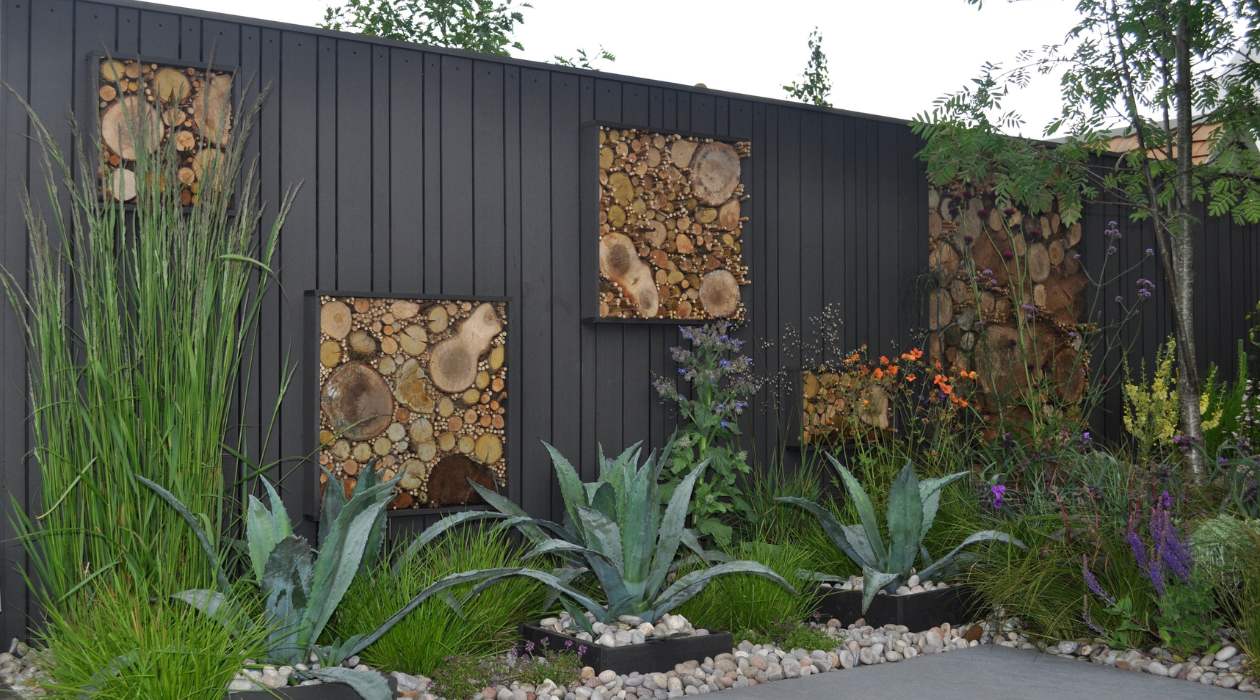
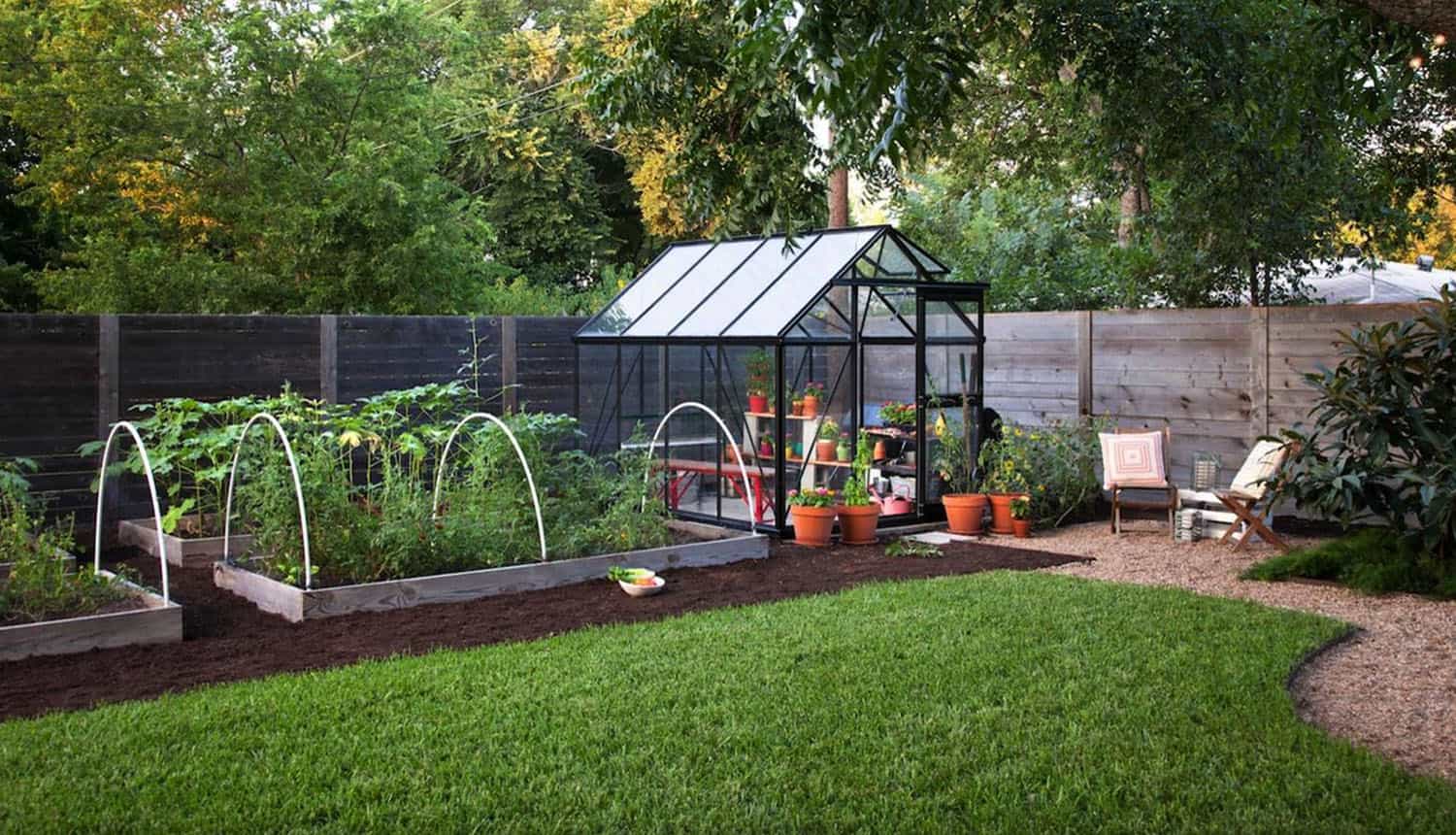
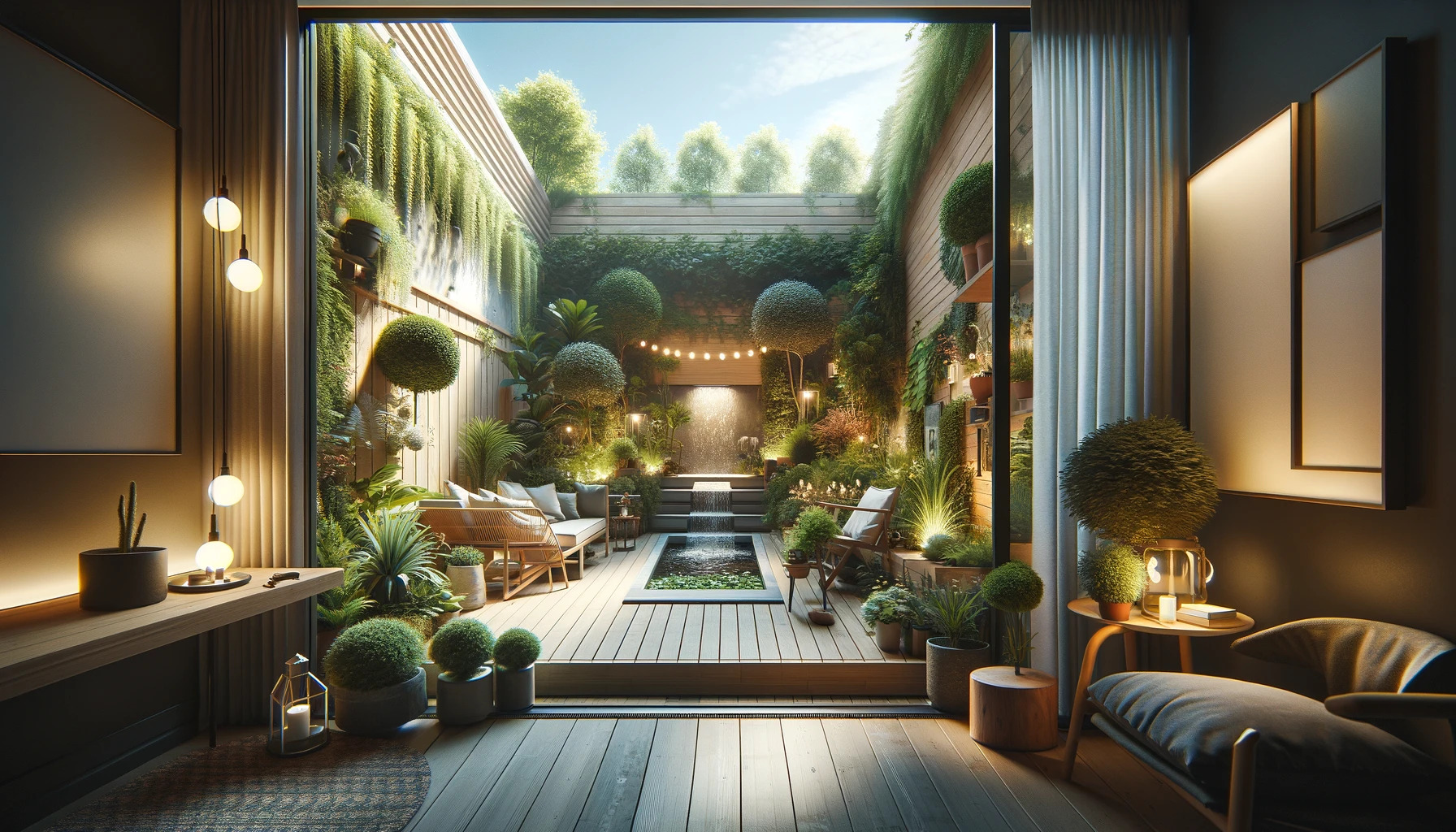
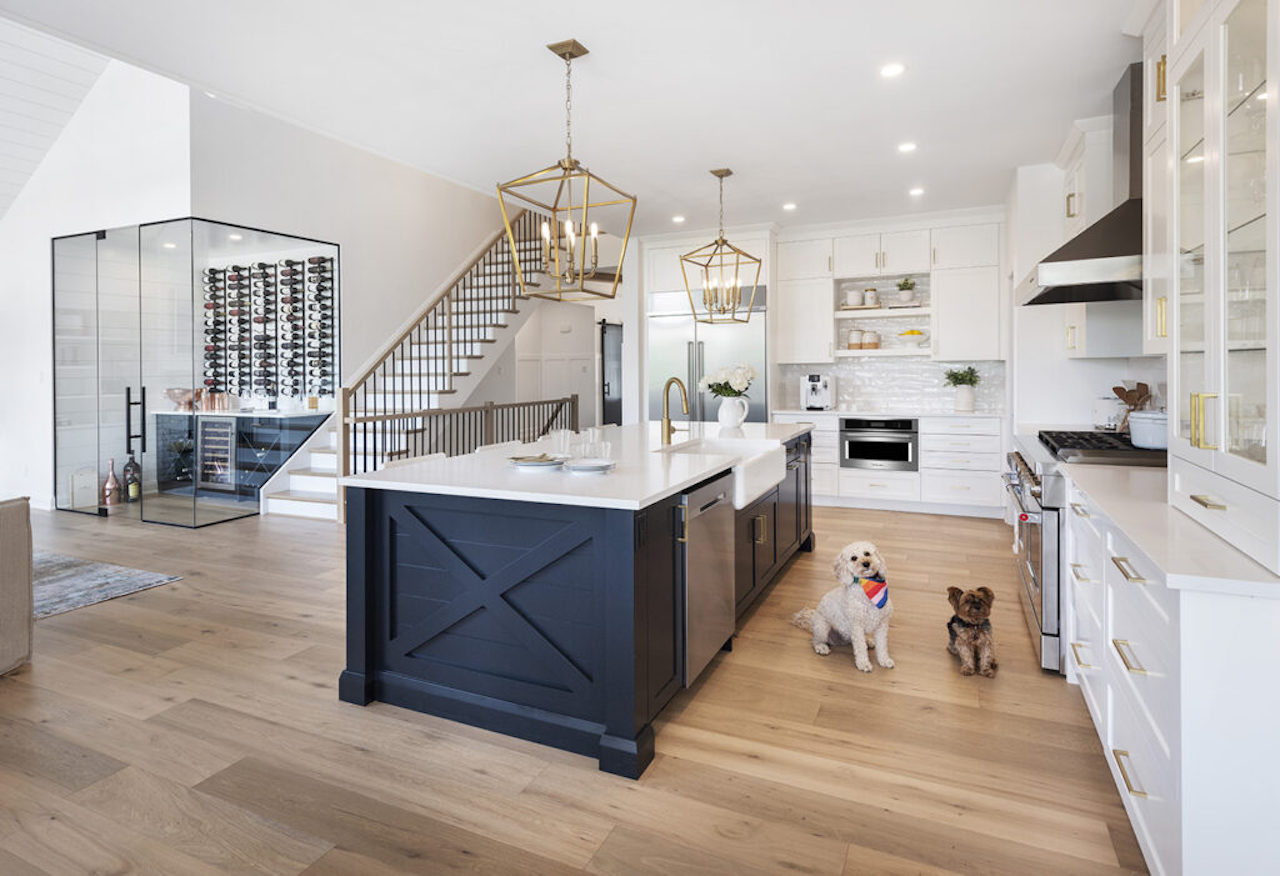

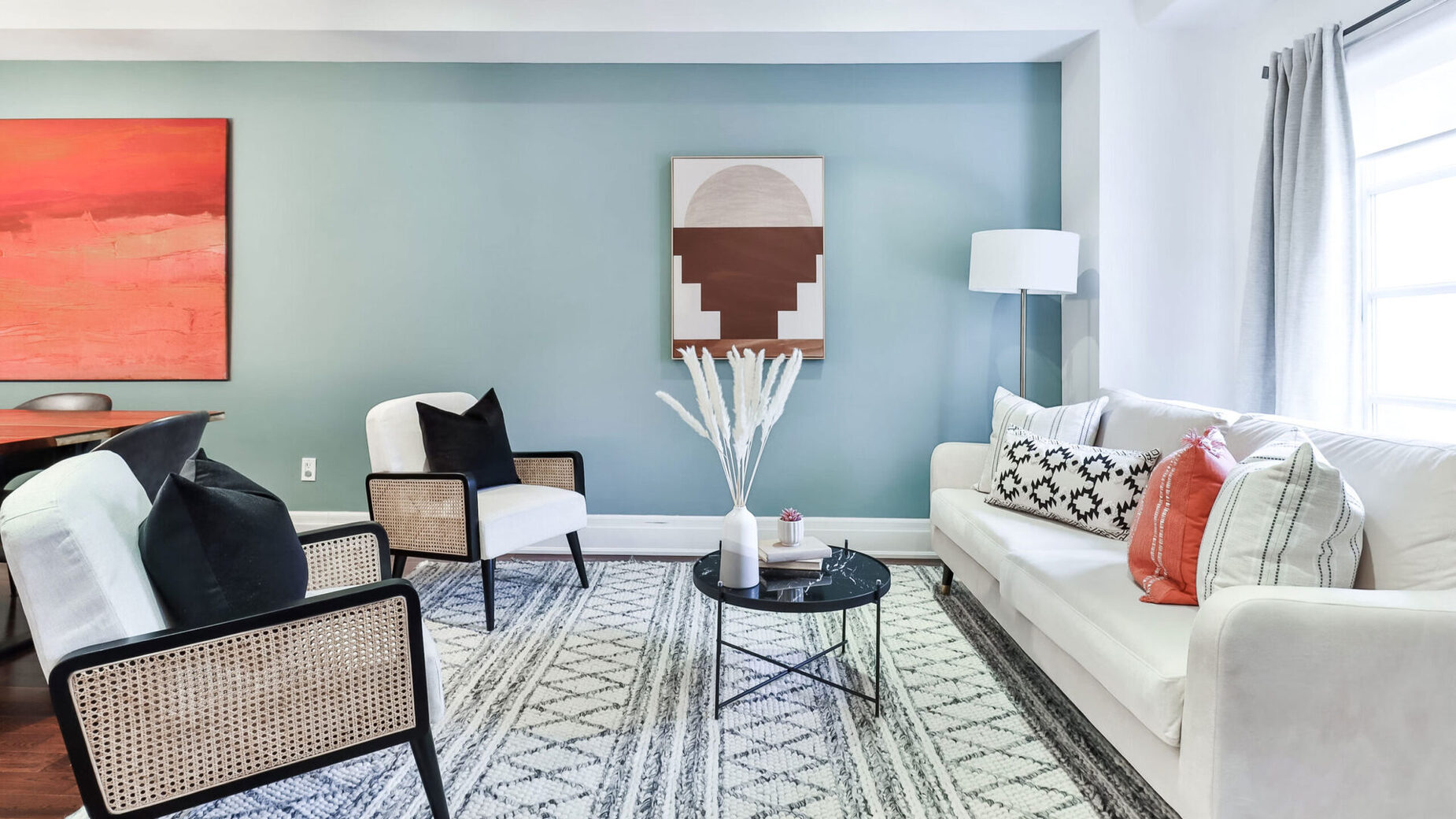
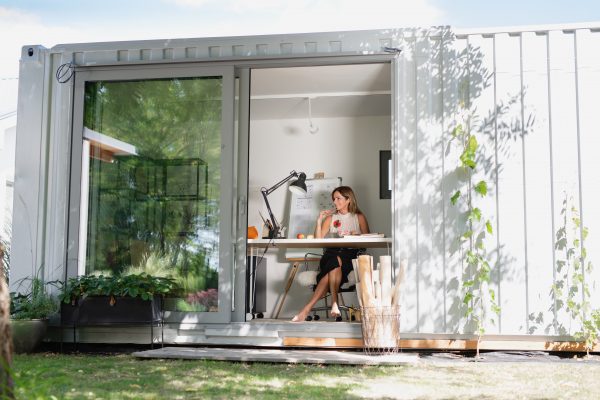
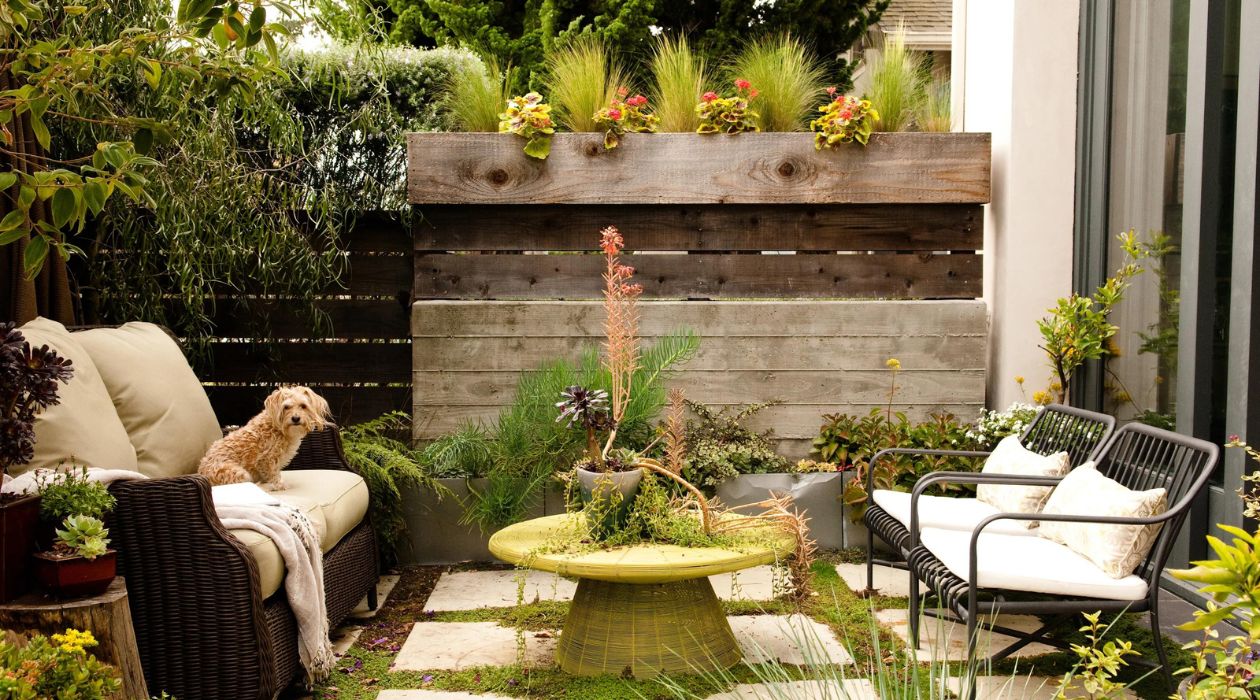
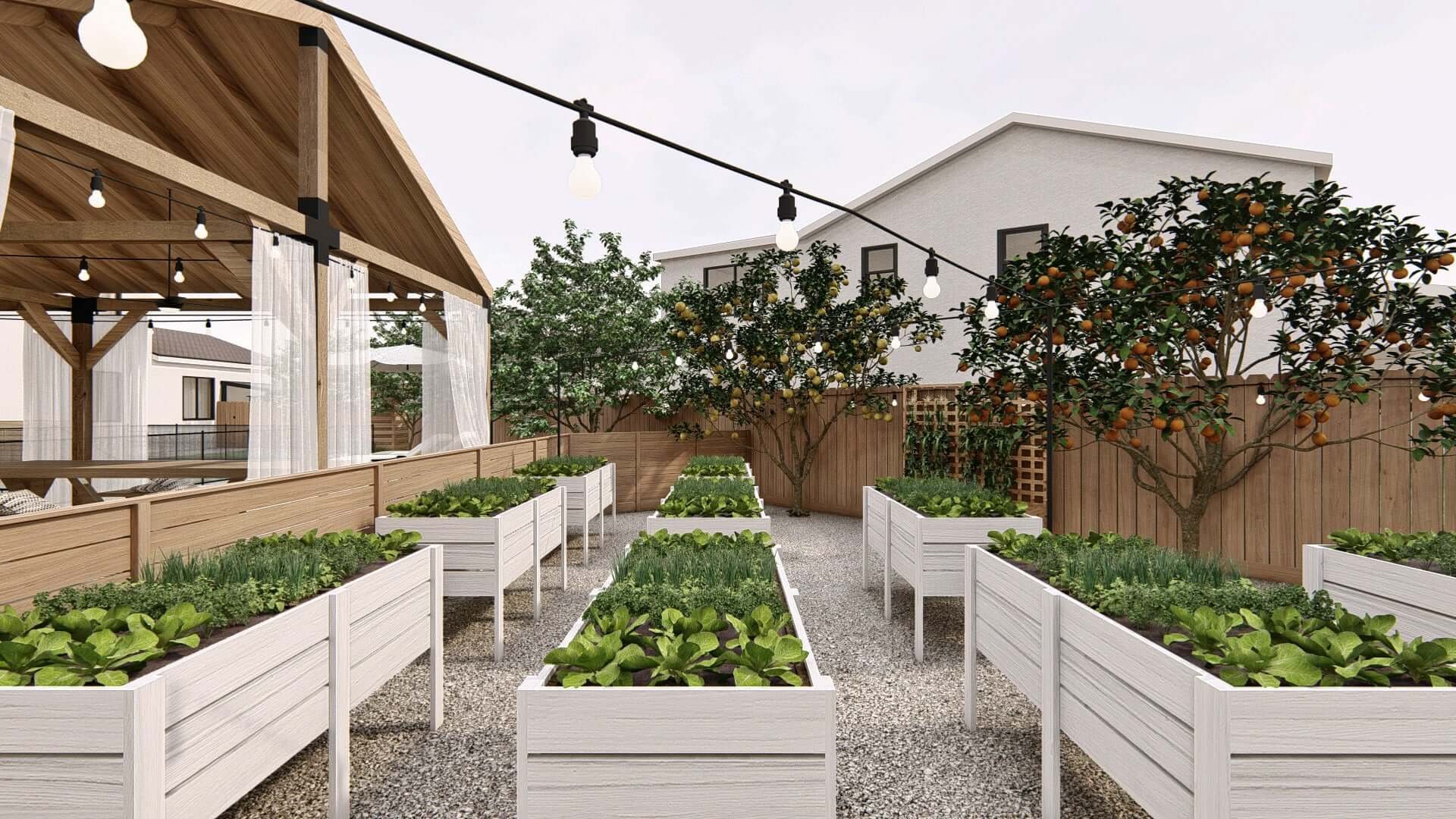
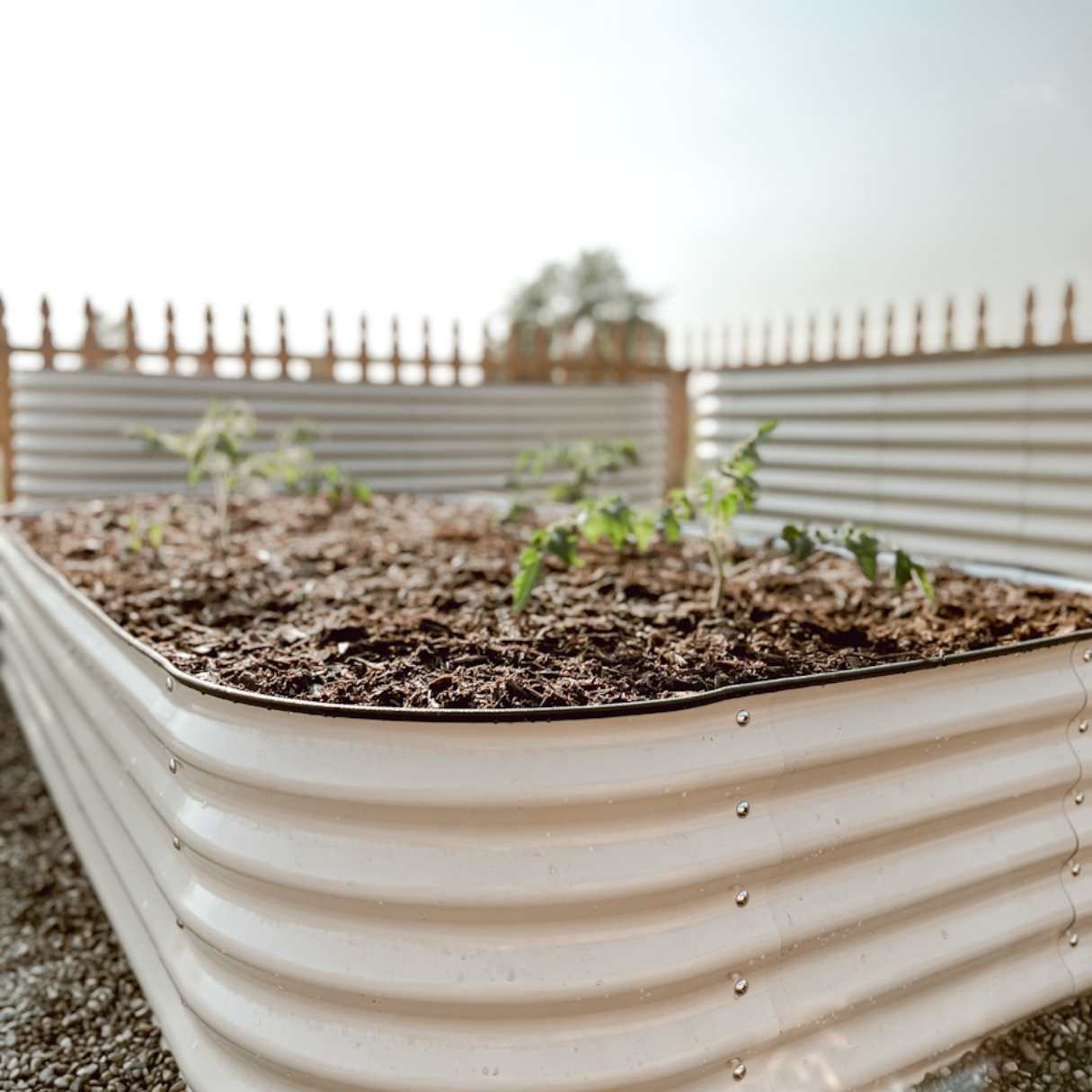
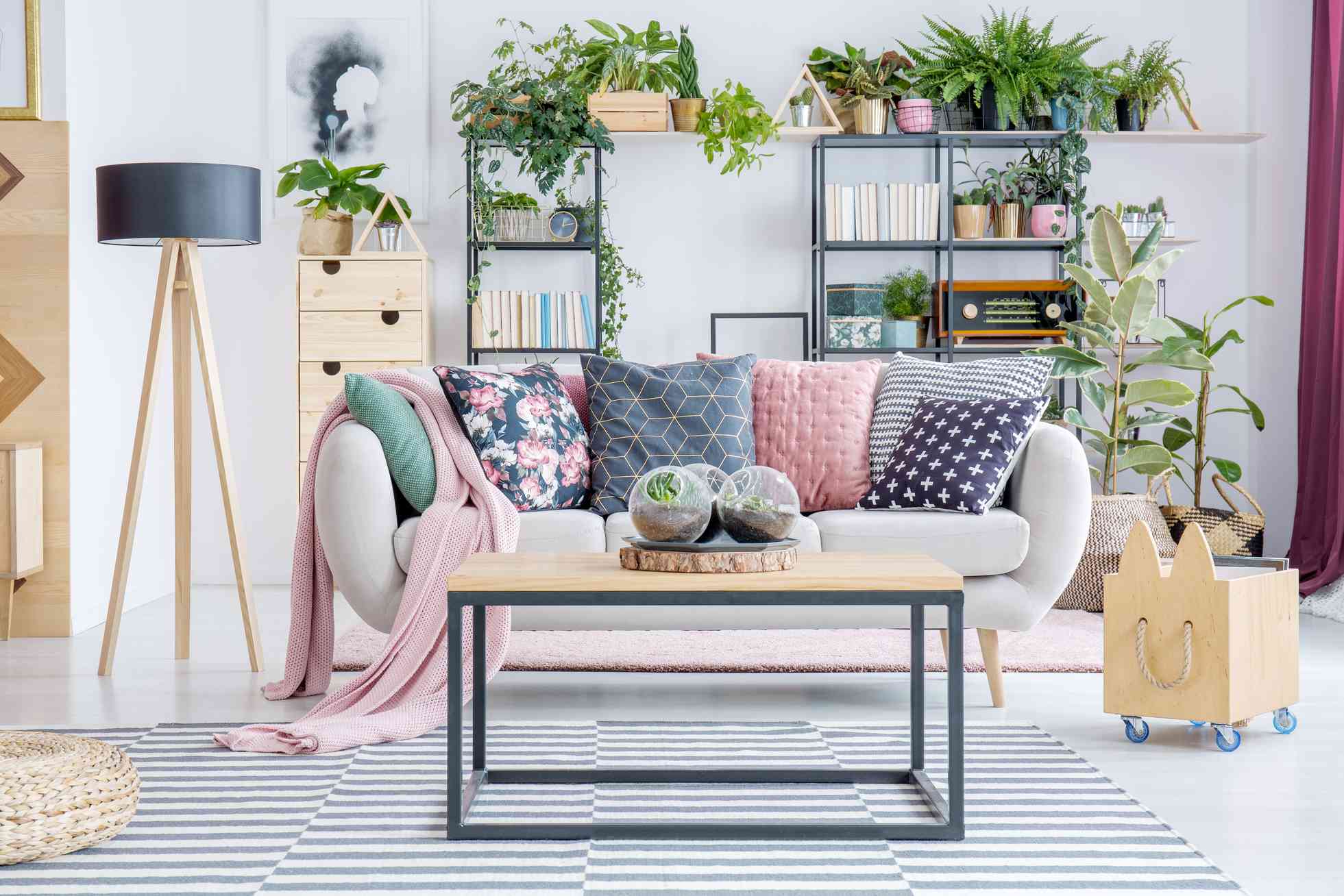
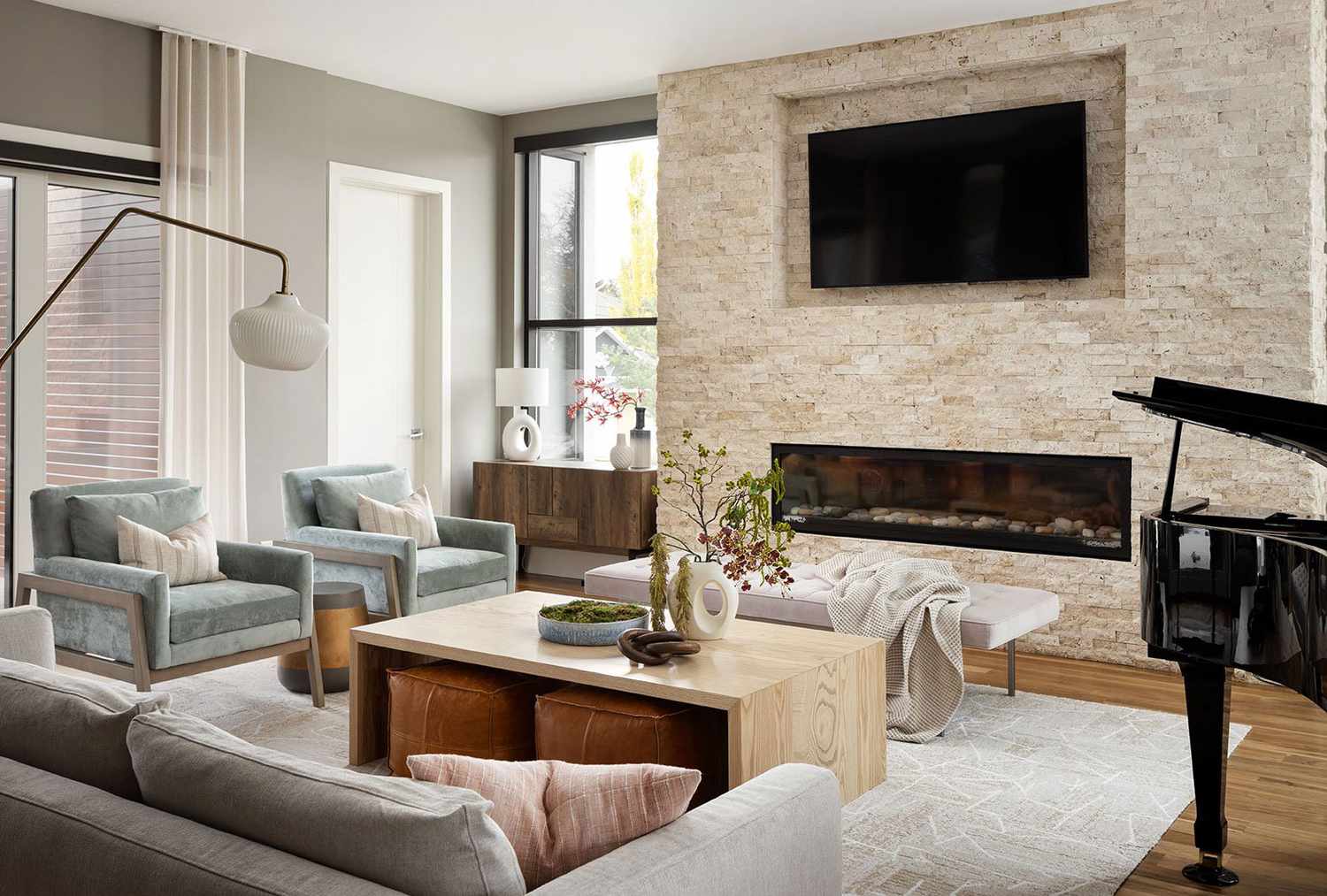
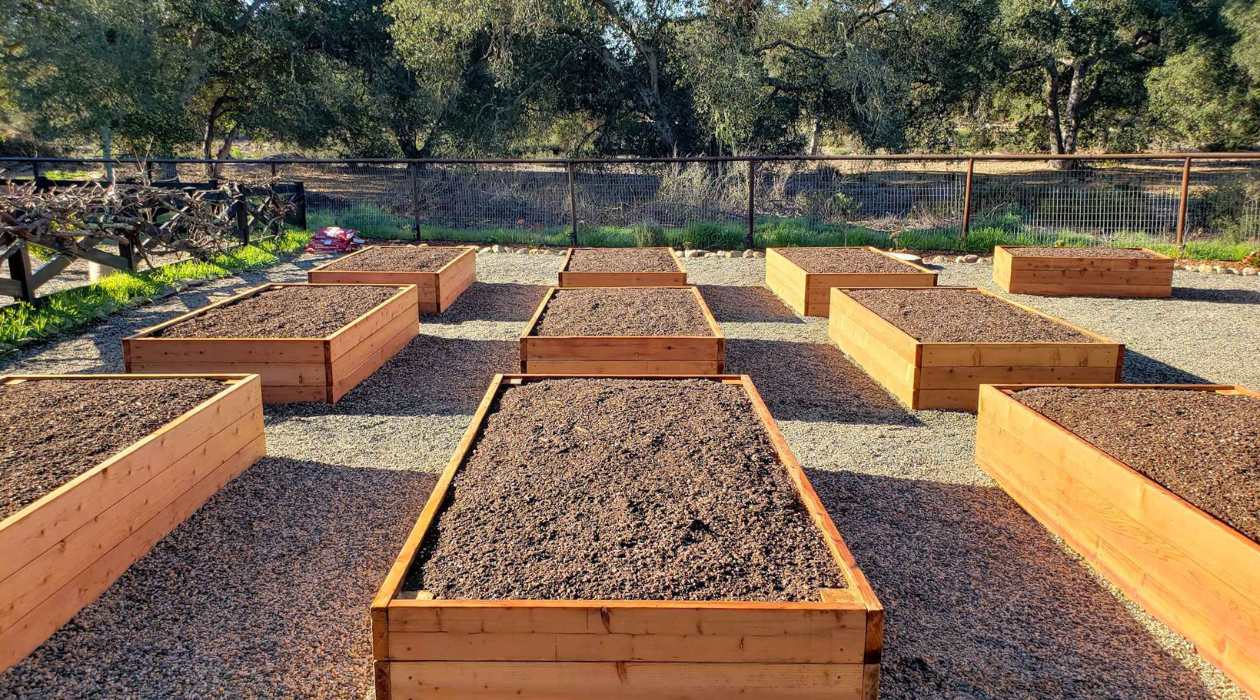
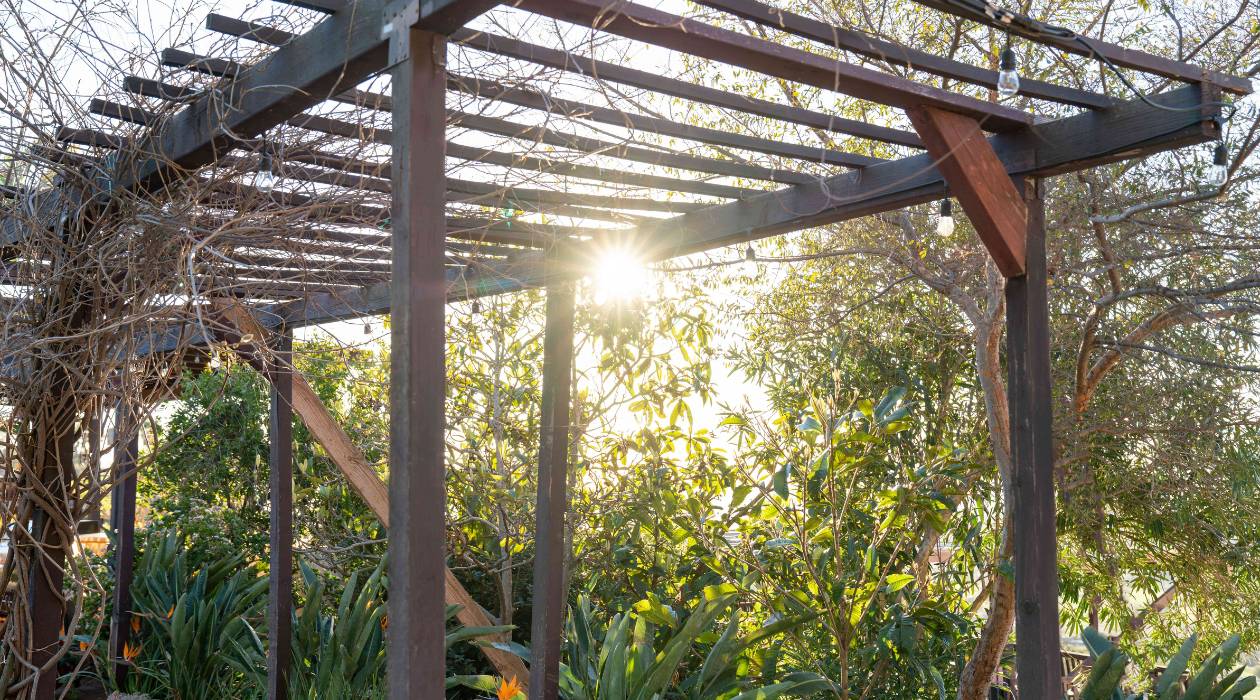

0 thoughts on “South Facing Garden Ideas: How To Embrace A Sun-filled Backyard”